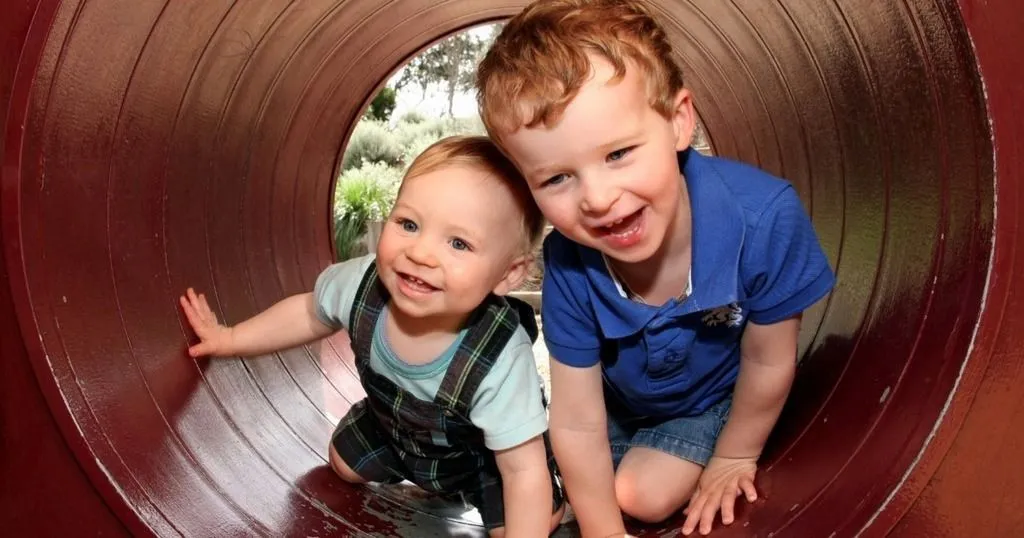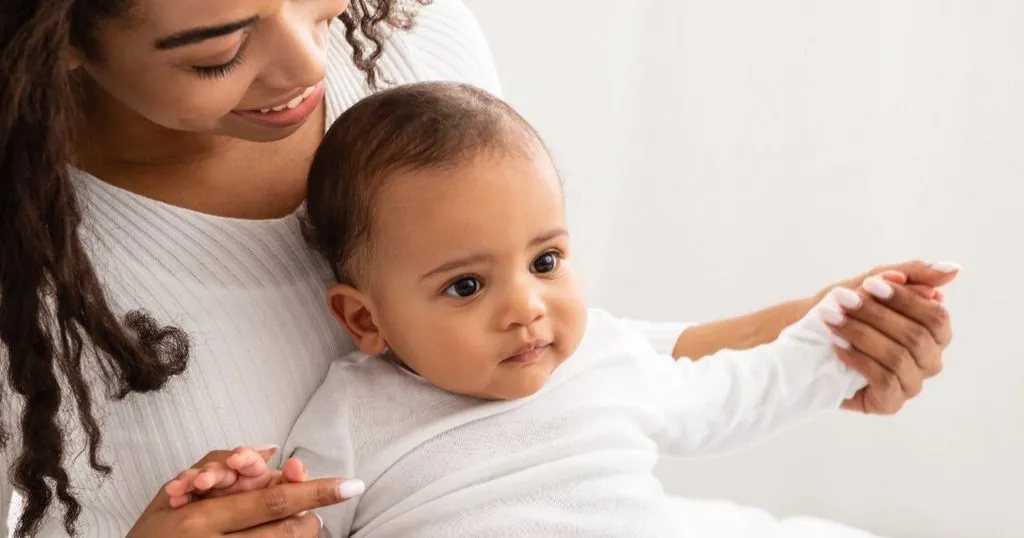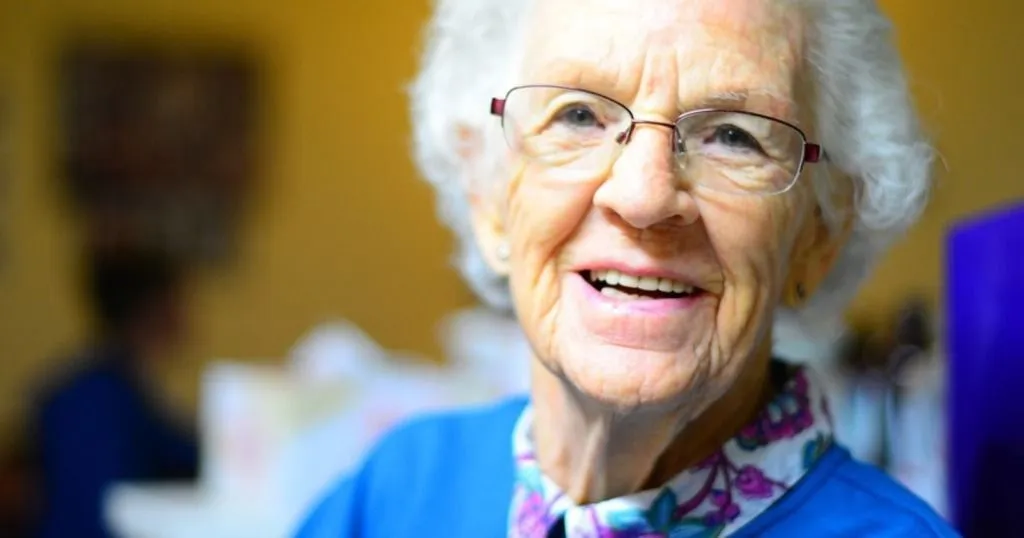How do children interact with their older autistic siblings?
In celebration of World Autism Awareness Day, this blog post focuses on the social interactions between children and their older autistic siblings.
Posted by
Published on
Mon 01 Apr. 2019

Autism has many faces, but all children with autism have one thing in common: they struggle to communicate with others. Making eye contact, sharing attention with others, and responding to social cues are just a few examples of social skills that children with Autism Spectrum Disorder (ASD) find difficult. They often do not know how to handle social situations.
What are social skills?
Social skills are the rules, customs, and abilities we use to communicate and interact with each other, both verbally and non-verbally, through gestures, body language, and our personal appearance. Human beings are sociable creatures, and we have developed many ways to communicate our messages, thoughts, and feelings with others.
For children with autism, it can be harder to learn and build up these skills, forcing them to guess how to act in situations and with others. As a result, their social communication is often disrupted. A delayed and/or deviant language development plays a role in this as well.
Social interactions between siblings
During the first years of life, the social world mainly consists of interactions with caregivers and siblings. These interactions influence development. For example, siblings help each other to learn how to socialize, share, and deal with feelings.
You might wonder how siblings whose older sibling has autism influence each other. Through observing, remembering, and imitating actions from their older sibling, children who have an older sibling with ASD (a so-called high-risk sibling) might learn ASD-specific behaviors.
Do high-risk siblings interact differently?
The study Chloè Bontinck and her team conducted, aimed to characterize the social interactions between 24-month-old high-risk siblings (HR) and their older siblings with ASD. They compared these HR sibling pairs with low-risk (LR) sibling pairs of 24-month-old LR-siblings and a typically developing older sibling (TD).
They focused on three research questions:
- Do sibling interactions differ between both groups? They expected lower levels of social interaction in HR sibling pairs compared to LR sibling pairs.
- At which rate do HR siblings imitate their older sibling with ASD in comparison with low-risk controls? This is an important aspect of social learning.
- Are the overall sibling interactions and the HR-sibling’s current development related? In other words, do positive sibling interactions have a positive influence on social-communicative and language skills?
Observing in a naturalistic environment
Both HR- and LR-siblings were assessed at 24 months using four measures: the Mullen Scales of Early Learning (MSEL), the Dutch version of the MacArthur—Bates Communicative Development Inventory (N-CDI), the Autism Diagnostic Observation Schedule (ADOS-2), and the Quantitative Checklist for Autism in Toddlers (Q-CHAT). Results indicated that HR-siblings showed lower scores in terms of language development and cognitive functioning, as well as a higher level of ASD characteristics.
Additionally, the siblings were observed at home while playing together. Using different sets of toys, they were stimulated to play in a parallel, associative, and cooperative way. Parents were asked to only intervene when necessary. The play sessions were videotaped, and the researchers used The Observer XT to code the behaviors of both siblings.
FREE TRIAL: Try The Observer XT yourself!
Request a free trial and see for yourself how easy behavioral research can be!
- Work faster
- Reduce costs
- Get better data
Interaction during play
By coding the behaviors, the researchers obtained different types of input. They collected data about the frequency of both negative and positive social interactions and responses, such as refusing a request or sharing a toy, and several aspects of the play itself. For example, these aspects included the distance between both children during the play (proximity), imitation of the other’s behavior, the degree to which both children enjoyed the interaction together, and parental interference.
Playing alone together
The results of the study show that, in both groups, siblings spent 16-20% of the observed time in interaction with someone else: the sibling, parent, or researcher. Only 5% of the total play session was set as mutual interaction with the sibling. Just now and then, there were short instances of togetherness between both children. The children played on their own most of the time, even though they were sitting closely together.
However, the researcher did find a difference between the two groups when it concerned the frequency of interactions. Siblings in the HR group interacted less frequently with each other. They showed lower levels of positive behavior compared to LR dyads, and were less likely to initiate social interaction or respond to the other sibling.
Social learning
In both groups, siblings did not imitate each other very often. However, it was remarkable that HR-sibs imitated their older sibling less frequently than LR-sibs during interactions. Since (positive) sibling interactions are an important aspect of social learning, younger HR siblings might miss opportunities to practice adequate social behaviors. However, the researchers note that the age of the children could be of influence in this case.
Regarding the question of whether positive sibling interactions have a positive influence on social-communicative and language skills, the researchers found that even though positive interactions were less frequent in the HR group, these positive exchanges appeared to benefit the language development of HR-sibs.
If you are looking for other topics related to autism, you can surely find it on our behavioral research blog! Want to stay ahead in behavioral research? Subscribe to Noldus Newsline now! You will receive expert insights and the latest innovations, straight into your inbox every month.
Reference
Bontinck, C.; Warreyn, P.; Demurie, E.; Bruyneel, E.; Boterberg, S. & Roeyers, H. (2018). Social Interactions Between 24-Month-Old Children and Their Older Sibling with Autism Spectrum Disorder: Characteristics and Association with Social-Communicative Development. Journal of Autism and Developmental Disorders,48 (12), 4118-4137. https://doi.org/10.1007/s10803-018-3660-4
Related Posts

Understanding infants’ development of moral and social behavior

In home study of older persons
